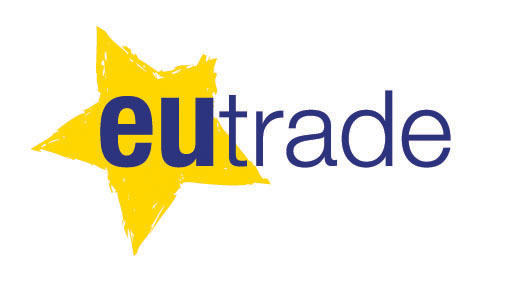Mobility in LT
The Republic of Lithuania (Lithuanian – Lietuvos Respublika), is a country in Northern Europe. One of the three Baltic states, it is situated along the southeastern shore of the Baltic Sea, to the east of Sweden and Denmark. It is bordered by Latvia to the north, Belarus to the east and south, Poland to the south, and Kaliningrad Oblast (a Russian exclave) to the southwest. Lithuania has an estimated population of 2.9 million people as of 2015, and its capital and largest city is Vilnius. Lithuanians are a Baltic people. The official language, Lithuanian, along with Latvian, are the only two living languages in the Baltic branch of the Indo-European language family.
Vilnius
Vilnius is the capital of Lithuania and its largest city, with a population of more than five hundred thousand people. Vilnius is located in the southeast part of Lithuania and is the second largest city of the Baltic states. The capital may be a long way north and east, but it’s quintessentially continental. At its heart is Europe’s largest baroque old town, so precious that UNESCO added it to its World Heritage list. Vilnius is a cosmopolitan city with diverse architecture. There are 65 churches, both orthodox and catholic. Like most medieval towns, Vilnius was developed around its Town Hall. The main artery, Pilies Street, links the Royal Palace with Town Hall. Other streets meander through the palaces of feudal lords and landlords, churches, shops and craftsmen’s workrooms. Narrow, curved streets and intimate courtyards developed in the radial layout of medieval Vilnius. It has not always been good and grand here though. There are reminders of loss and pain too, from the horror of the KGB’s torture cells to the ghetto in the center of all this beauty where the Jewish community lived before the genocide. In Vilnius you can see a bit of soviet heritage – buildings, sculptures, specified museums, parks that are usually very interesting for visitors. What to see/to do in Vilnius: http://www.vilnius-tourism.lt http://www.lithuania.travel/en-gb/
Lithuanian language
Lithuanian language belongs to Baltic group of the Indo-European languages. The only other Baltic language is Latvian. Since the 19th century numerous linguists regard Lithuanian language as the purest surviving Indo-european language which is least changed by outside influences. Lithuanian is written in the Latin script, but compared to English Lithuanian has 9 additional letters (Ą, Č, Ę, Ė, Į, Š, Ų, Ū, Ž) and lacks 3 (W, Q, X). Unlike English the Lithuanian spelling is very regular, meaning the words are almost always spelled as they are written, and most letters have only one possible way to spell them. “A” is always spelled as in the English word “Barn”, “I” is spelled as in “Ship”, “E” is spelled as in “Get”, “O” as in “Glory” and “U” as in “Pull”. The additional Lithuanian vowels sound similarly to their ordinary counterparts, but must be said longer (e.g. “Ū” and “Ų” are both relatively similar to a long “U”). The only exception is “Ė”. The additional consonants sound the following: “Č” is like “Ch” in “Charm”, “Š” is like “Sh” in “Ship” and “Ž” is like “S” in “Measure”. Unlike English Lithuanian has only one digraph and that is “Ch”, spelled as “Kh” in “Khan”. The exact spelling of several Lithuanian letters differs from their English counterparts. Lithuanian “J” is like “Y” in English while Lithuanian “Y” is like “ee” in “sheep”.
